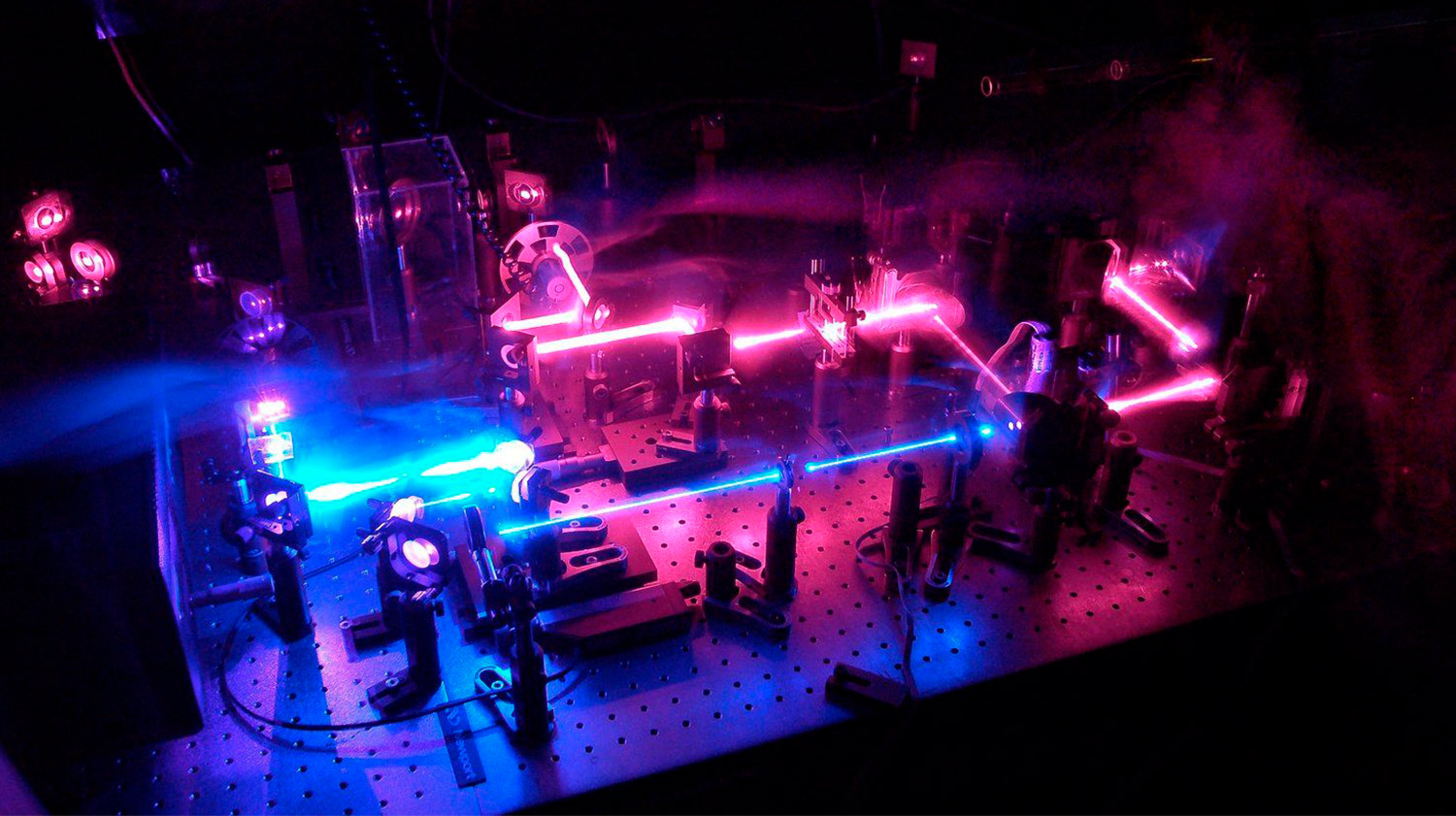

Learning how to use cheaper material with greater flexibility to harness the sun’s energy more effectively than ever before is no small task.
But that’s the challenge being taken on by Exciton Science’s Dr David McMeekin, who was awarded the 2019 Australian Centre for Advanced Photovoltaics (ACAP) Postdoctoral Research Fellowship to continue his groundbreaking work within Professor Udo Bach’s group at Monash University.
A graduate of some of the world’s most prestigious institutions, including École polytechnique fédérale de Lausanne (EPFL) and The University of Oxford, David is investigating the ionic composition of perovskite, a hybrid organic-inorganic semiconductor which has demonstrated considerable potential and emerged to both rival and possibly compliment silicon as a key photovoltaic material in recent years.
Until now, the field of photovoltaics has been constrained by the Shockley-Queisser limit, which predicts the maximum efficiency of single-junction silicon solar cells to be 33%, a figure that has yet to be achieved in regular commercial practice, let alone exceeded.
Nevertheless, David, who completed a PhD with pioneering perovskite researcher Henry Snaith at Oxford and continues to collaborate with his group, is joining colleagues throughout the Centre and elsewhere in the world to tackle this daunting problem.
“What we’re going to attempt to do is beat the Shockley-Queisser limit, go beyond the single-junction efficiency,” he said.
Referring to perovskite, David added: “One motivation for looking into a new material is combining it with silicon. That’s one of the aims of what we’re trying to do. And then we can gain higher efficiency. That would be impossible to do just by using silicon. That’s what we call making a tandem or a multijunction solar cell. Essentially you make it more efficient.”
Referring to a tandem solar cell application, he explains: “Your gains in efficiency [are made] by lowering your photon thermalization losses.
“If you add another junction on top, you can actually thermalise [photons] at a higher energy [level] and that’s your efficiency gain. In terms of what you’re absorbing, it’s the same spectrum, but you’re just doing it better.”
As well as working on combined silicon-perovskite solar cells, David and his colleagues are also investigating the concept of perovskite-perovskite tandem cells as a replacement for silicon, with the potential advantage of reduced costs and the ability to be processed on a flexible substrate.
Creating perovskite solar cells via solution processing, which is not possible with silicon, could open up a pathway to cheaper manufacturing. And David and his colleagues have benefited from the advanced equipment and expertise available at Exciton Science’s Partner Organisation, CSIRO, to explore the concept.
“You would ideally set up all your solutions and you could potentially just print this out of the equipment at CSIRO, which is roll-to-roll manufacturing, and that hasn’t been done before for tandem applications”, he said.
“You can imagine how cheap solar cells could potentially be if you could print them as newspapers, that’s always the goal.”
The biggest challenge facing David and other researchers working with perovskite is to improve the stability of the material.
“This is an ongoing battle, trying to pass all these IEC (International Electrotechnical Commission) standards, which include standards that have been implemented for solar cells, so that you can hopefully extrapolate from your accelerated ageing test to say ‘ok, will it survive 25 years in the desert somewhere?’. That’s what they essentially used for silicon. And perovskite has to eventually pass all of these [tests]. It’s certainly more promising now than what it was when I first started in terms of technology.”
And given researchers are capable of synthesising perovskite in numerous different ways, David is confident the considerable promise of the material will soon be realised.
“What we’ve seen is that a mixture of molecules and atoms can actually improve … the efficiency,” he said.
“It’s quite dramatic. I think there’s so many combinations that are out there, it’s just a question of time in my opinion.”
With David and many other Centre members working hard on answering these questions, the time when perovskite becomes a key component of the solar energy harvesting process may arrive sooner than we think.

Monash University